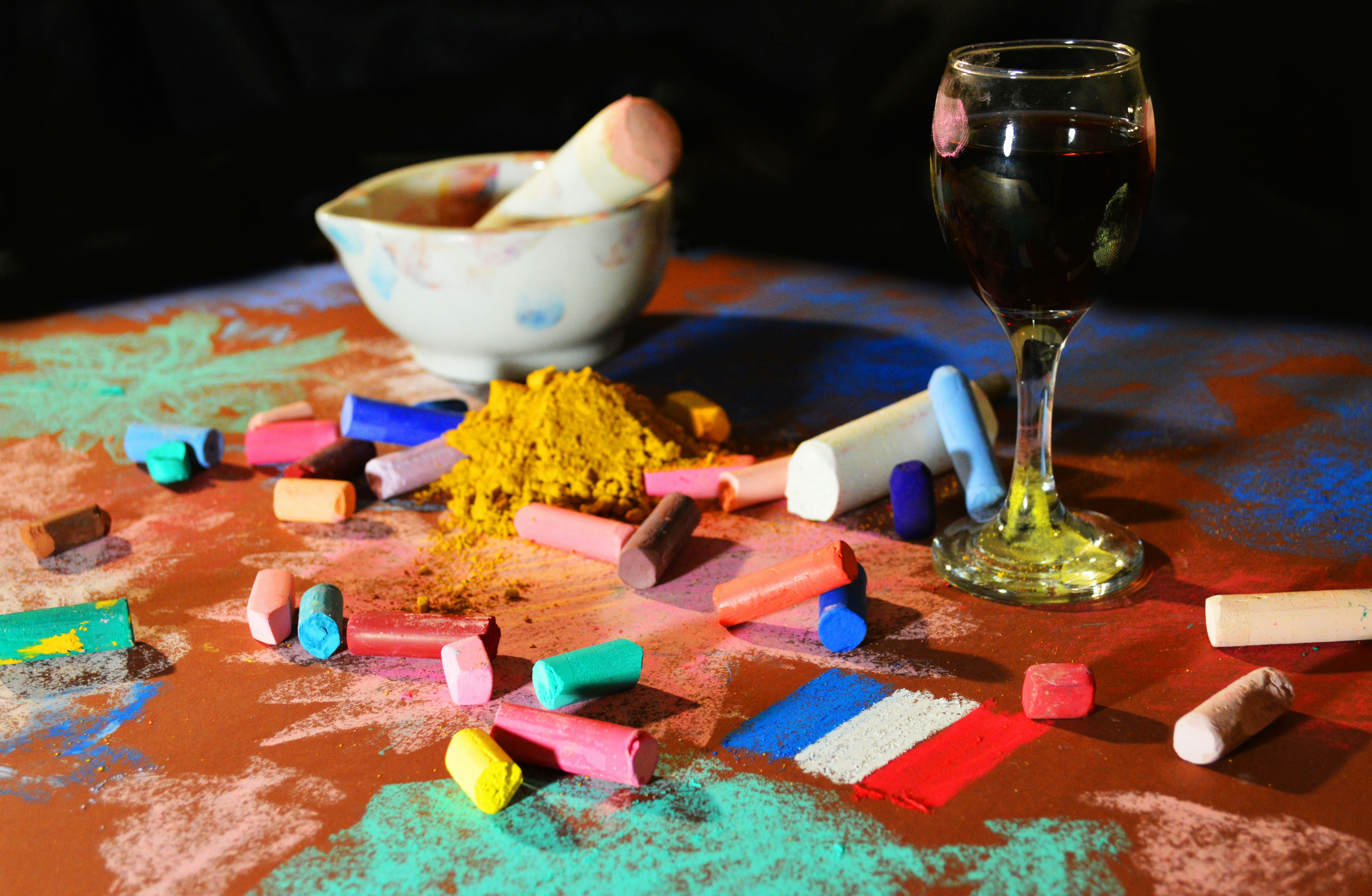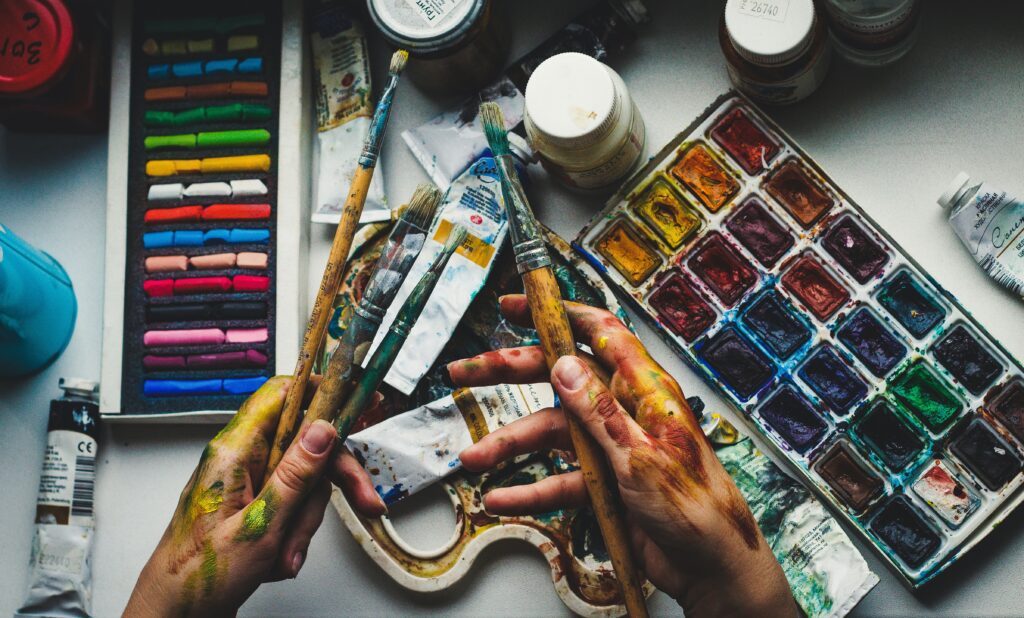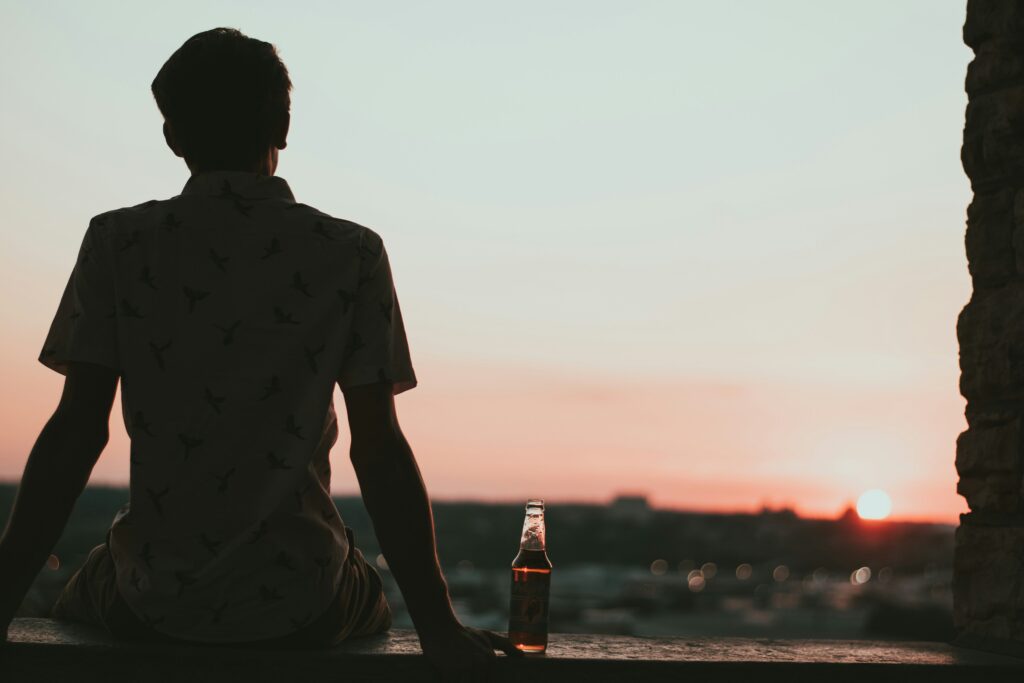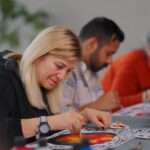Now Reading: Types of Art Therapy for Addiction Recovery
-
01
Types of Art Therapy for Addiction Recovery
Types of Art Therapy for Addiction Recovery

Discover different types of art therapy for addiction recovery. Explore creative methods that support healing, reduce stress, and promote long-term sobriety.
Introduction
Recovery from addiction is not just about stopping substance use. It’s about rebuilding your life—physically, mentally, and emotionally. While talk therapy, support groups, and medication play key roles, creative therapies are proving to be just as powerful. One such method is art therapy.
Through art, individuals in recovery find safe ways to express feelings they may not be ready—or able—to speak. The different types of art therapy for addiction recovery offer nonverbal outlets for pain, reflection, hope, and growth.
This article explores the most effective art therapy techniques used in addiction treatment, and how they help individuals heal from within.
What Is Art Therapy?
Art therapy is a mental health treatment that uses creative processes to support healing. It’s not about creating a masterpiece. It’s about using art as a tool to explore emotions, reduce anxiety, and process trauma in a safe and supportive environment.
📊 According to the American Art Therapy Association, art therapy improves mood, reduces substance cravings, and enhances emotional regulation for people in recovery 1.
Licensed art therapists guide individuals through structured activities designed to promote self-expression and emotional healing.
Why Art Therapy Works in Addiction Recovery
Substance use often masks deeper emotional wounds—trauma, grief, shame, or fear. The types of art therapy for addiction recovery allow people to:
- Externalize their feelings
- Understand behavioral patterns
- Build self-esteem
- Develop mindfulness and emotional awareness
📊 A 2020 study published in Frontiers in Psychology found that participants in addiction recovery programs who engaged in art therapy reported significant improvement in emotional regulation and reduced relapse risk 2.
Types of Art Therapy for Addiction Recovery
Each type of art therapy offers a unique path to healing. Let’s explore the most commonly used and effective approaches in addiction treatment.
🖌 1. Drawing and Painting Therapy
Purpose: Express emotions, visualize inner experiences, and process memories
How it helps: Drawing and painting are foundational in art therapy. Participants can express emotions through color, shape, and line when words fall short. This method helps reveal patterns, fears, and hopes in a safe and symbolic way.
Example Activity: Draw what your addiction looks or feels like. Then, draw what recovery means to you.
🧱 2. Sculpting and Clay Work
Purpose: Rebuild control and explore identity through tactile expression
How it helps: Working with clay is a grounding activity. It involves the sense of touch, which is known to soothe the nervous system. Sculpting helps individuals reconnect with their bodies and experience empowerment through creation.
Example Activity: Shape an object that represents strength or resilience.
🗺️ 3. Collage and Mixed Media
Purpose: Visual storytelling using images, textures, and symbols
How it helps: Collage allows individuals to express complex emotions and life events without needing fine motor skills or artistic experience. It’s especially helpful for people in early recovery who feel overwhelmed.
Example Activity: Create a vision board of your future in sobriety.
🖼 4. Mask-Making
Purpose: Explore identity, vulnerability, and internal vs. external self
How it helps: This technique allows individuals to show the difference between the face they present to the world and the emotions they hide. It often leads to powerful insights and deeper emotional expression.
Example Activity: Decorate the outside of a mask with how others see you; the inside shows your true feelings.
🌈 5. Mandala Art
Purpose: Support mindfulness, emotional balance, and relaxation
How it helps: Mandalas are circular designs that represent wholeness and balance. Coloring or creating mandalas helps calm the mind, reduce anxiety, and foster focus.
📊 A 2005 study in Art Therapy: Journal of the American Art Therapy Association found that coloring mandalas significantly reduced anxiety in patients undergoing treatment for trauma 3.
Example Activity: Use colors to create a mandala representing your current emotional state.
📓 6. Art Journaling
Purpose: Combine written reflection with visual expression
How it helps: Art journaling allows people in recovery to track their emotions, triggers, and personal growth through images and words. It supports emotional release and goal setting.
Example Activity: Each day, draw an image that represents your mood and write a short reflection beside it.
🎭 7. Group Art Therapy
Purpose: Build community, reduce isolation, and share healing
How it helps: Group sessions allow individuals to create alongside others who are also in recovery. It fosters peer support and encourages vulnerability in a safe, nonjudgmental space.
Example Activity: Collaborate on a large mural that represents hope and recovery.
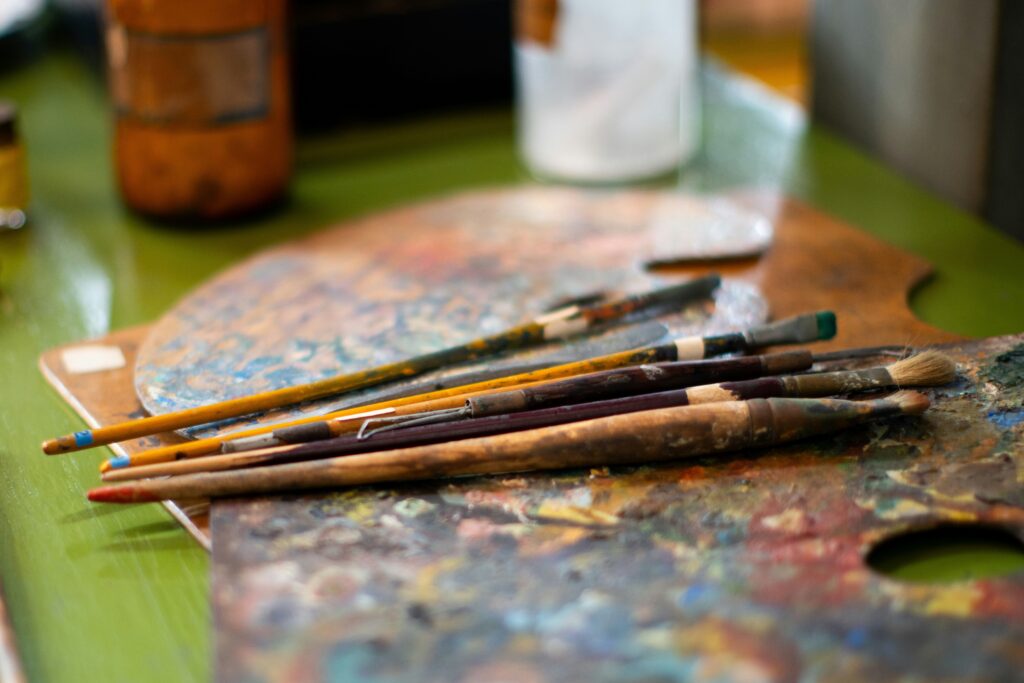
Art Therapy for Trauma and Co-Occurring Disorders
Many people in addiction recovery also struggle with trauma, anxiety, or depression. The types of art therapy for addiction recovery are especially effective for these individuals because they:
- Reduce hyperarousal linked to PTSD
- Provide a safe outlet for difficult memories
- Help rebuild emotional trust
Some programs also include trauma-informed art therapy, where therapists are trained to help individuals gently explore past wounds at their own pace.
Who Can Benefit from Art Therapy?
Art therapy is for everyone. You don’t need artistic talent—just a willingness to try. It’s particularly helpful for:
- People in early recovery
- Individuals with trauma backgrounds
- Those who struggle to verbalize emotions
- Teens and young adults in treatment
- Individuals in long-term recovery seeking new outlets
Final Thoughts
The many types of art therapy for addiction recovery offer powerful tools for healing that go beyond words. Through paint, clay, collage, and creative reflection, individuals rediscover parts of themselves that addiction may have buried.
Art therapy is not about perfection. It’s about connection—to yourself, your emotions, your recovery, and your future.
Whether you’re just starting the path to sobriety or looking for new ways to stay grounded, art therapy can offer clarity, comfort, and courage—one brushstroke at a time.
“Art is the journey of a free soul.” – Alev Oguz
References
- American Art Therapy Association. (2022). About Art Therapy. https://arttherapy.org/about-art-therapy ↩
- Haeyen, S., van Hooren, S., van der Veld, W. M., & Hutschemaekers, G. (2020). Art therapy as an additive treatment in recovery-oriented programs for substance use disorders. Frontiers in Psychology, 11, 584685. ↩
- Curry, N. A., & Kasser, T. (2005). Can coloring mandalas reduce anxiety?. Art Therapy: Journal of the American Art Therapy Association, 22(2), 81–85. ↩

Kevin Fletcher is a seasoned writer with over 10 years of experience crafting engaging and informative content in the health, fitness, and wellness industries. Passionate about helping readers live healthier lives, Kevin combines research-backed insights with practical tips to inspire positive change.












